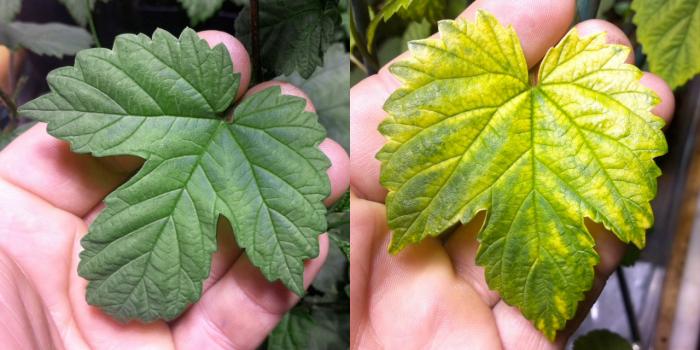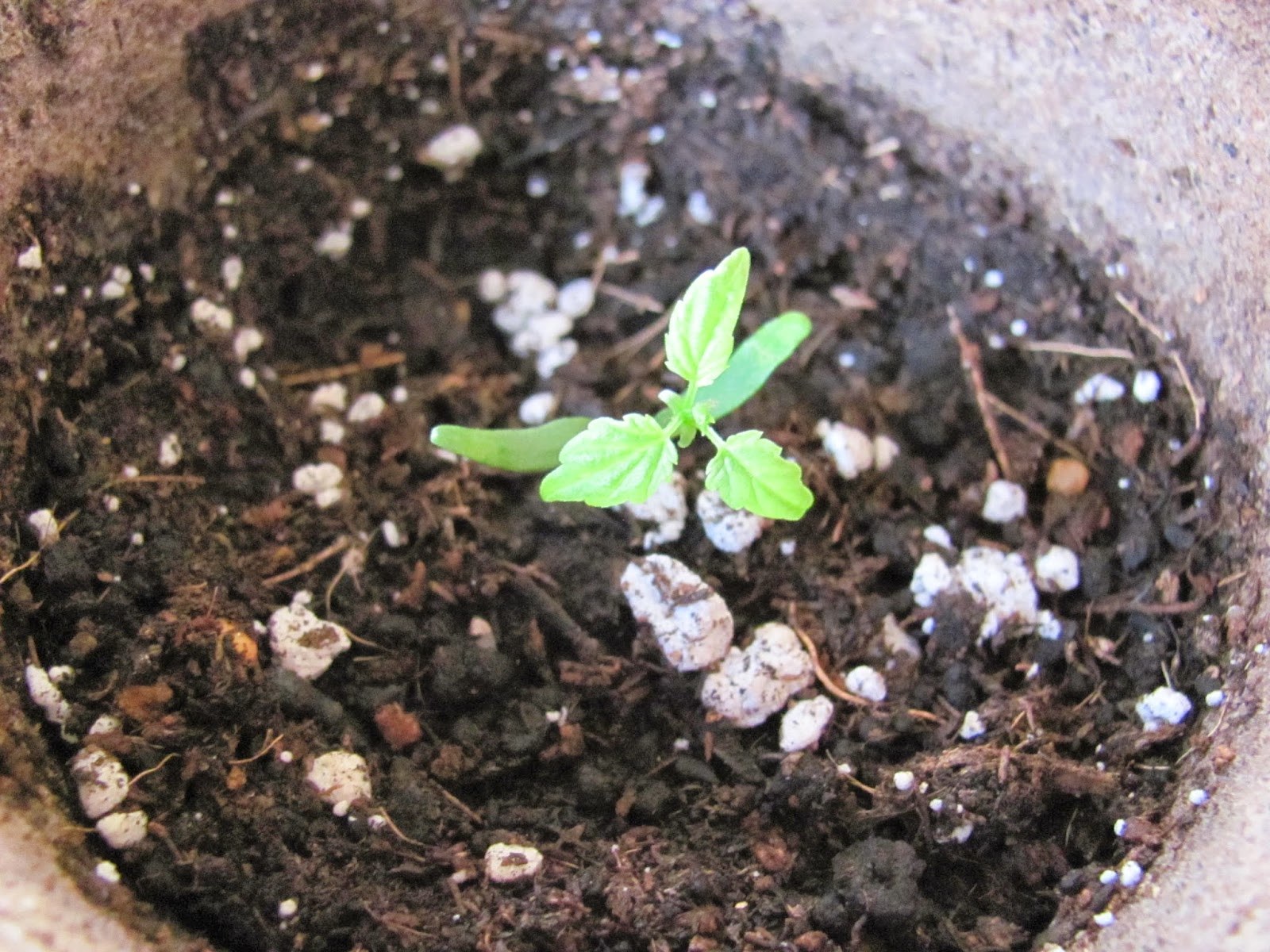brewerelated
Well-Known Member
Awesome work. I can't wait to grow some seedlings of my own.

nagmay, feel like passing along cuttings yet?
nagmay, feel like passing along cuttings yet?

I'll assume that you are most interested in male plants. The current seedlings are from a cross utilizing feminized pollen and are (most likely) all female.
I do have a male neomexicanus that I sprouted in 2013. However, it's planted outdoors and hasn't started sending out bines yet. When it does, I plan to layer some clones and may be able to trade later in the spring.
Or, to expedite things - I may be able to simply share pollen from the male.
I'm going to go out on a limb here to bet that you are the same person at University of Minnesota, whose name started with 'J' that contacted me earlier in the year via email? If so, you are already on the pollen list. If not, I'll add you - and have a cool person to introduce you to...
















Still growing nicely...

These are crosses from Cascade, Chinook and Sterling. The pollen came from a female plant (feminized pollen).
Unfortunatly, I didn't get the chance to pot up the plants last weekend and they are starting to get out of control. Those are 3' bamboo poles that they are outrunning...
Is there any major phenotypic variation yet?
As stated earlier, I am going to keep that to myself for now.
I've tried breeding with feminized pollen many times - there were never any positive results. So, there is a change that this is from a true male that snuck into the yard. I don't want to lead others down a futile path without confirmation.
Yes, indeed there is.
Overall, the Chinook crosses seem to be growing at a faster rate than the others and have darker leaves. However, even among siblings there are some major differences.
A few of the more interesting specimens include:
- One that started with multi-lobed leaves.
- One with a deep purple stem and monster spikes - including spikes around the leaf margin!
- A runt. Small yellow leaves and slow growth.
Unfortunatly, the quadfoliate that I identified earlier reverted.
Do you have close-ups of the differences in variation, or do you have a moment to take some?

I'll try to catalog the differences in more detail after I get the chance to pot them up. However, I did take a picture of the runt this morning.
On the left is a typical leaf from another seedling. On the right is what all the leaves look like on this cross. Sure looks like chlorosis to me, but the seedling is in the same soil as the rest. I won't count it out yet. Sometimes runts can become something special.
I'll try to catalog the differences in more detail after I get the chance to pot them up. However, I did take a picture of the runt this morning.
On the left is a typical leaf from another seedling. On the right is what all the leaves look like on this cross. Sure looks like chlorosis to me, but the seedling is in the same soil as the rest. I won't count it out yet. Sometimes runts can become something special.
There are also a bunch of new seeds germinating. However, the leaves on these open pollinated ones look a little odd. I wonder if the soil PH is off?
DC,
She started with 4 cotyledon and followed with 2 sets of true leaves in that pattern. At that point, she split into 2 bines, each which were bifoliate.
I'll cross my fingers for your "trips".

That is trifoliate. Now just make sure it doesn't revert....
Hahahaha !!!
How am I suppose to do that ? I know, I will cut any growing above that node so it will stay forever a trifoliate.
My other trifoliate seedling is older... there is another node that will come out in the next days and if that node is still a trifoliate, it will be the third trifoliate node on that plant.